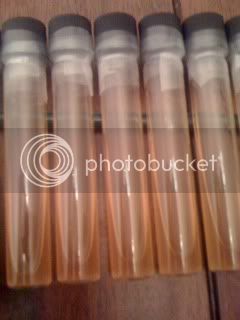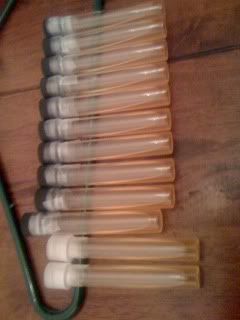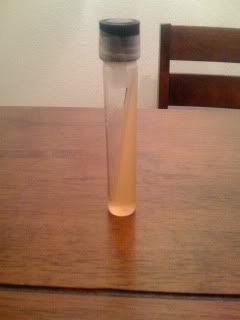mordantly
Well-Known Member
- Joined
- May 6, 2008
- Messages
- 3,863
- Reaction score
- 16
the pressure cooker creates an environment of 230-250F depending on pressure of the steam. in 30 minutes at 250F(15 psi) all known life ceases to exist. boiling would create a sanitary condition, but it still will contain some ammount of yeast spores, etc that will pose a problem if given long enough.















































![Craft A Brew - Safale S-04 Dry Yeast - Fermentis - English Ale Dry Yeast - For English and American Ales and Hard Apple Ciders - Ingredients for Home Brewing - Beer Making Supplies - [1 Pack]](https://m.media-amazon.com/images/I/41fVGNh6JfL._SL500_.jpg)













